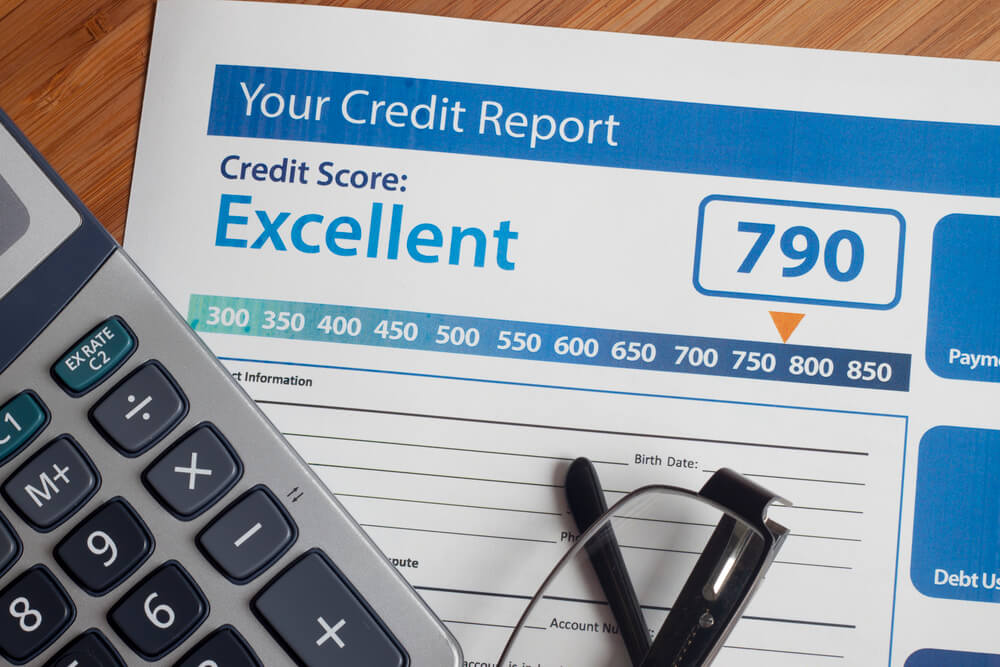The United States introduces a new credit rating system: what will change
Americans trying to pay off their loan debt may see lower FICO credit ratings in the future, especially if they suddenly missed a mandatory payment, informs CNBC.

Фото: Depositphotos
Fair Isaac Corp., the company behind FICO's popular credit rating, announced on January 23 its latest FICO 10, which will begin to include consumer debt levels in its credit rating.
This is due to the fact that the total debt of U.S. households has been steadily increasing for about two years and now, according to the Federal Reserve Bank of New York, it is about $ 13,95 trillion as of September 2019. This is higher than the previous maximum of $ 12,68 trillion, observed immediately before the 2008 financial crisis.
“That was about to happen,” said John Ulzheimer, a credit rating expert, to CNBC. “This job is to correctly assess risk, and not just give people the best default credit rating.”
According to FICO estimates, about 110 million consumers will see a credit rating change of less than 20 points in accordance with the new assessment model. About 80 million consumers will see a change of 20 or more points in any direction, up or down.
On the subject: 7 unexpected mistakes that can lower your credit rating
Those who are behind on their loan payments are more likely to see a decrease in their points, according to the Wall Street Journal, which was the first to report the changes. FICO also plans to tag consumers who apply for personal loans, which are generally considered more risky because they do not require collateral, such as a car or home.
“Americans with a recent late payment or high level of debt are likely to face a downgrade, and depending on the severity and freshness of the late payment, it can be significant,” said DIC Schellenberger, vice president of product management at FICO.
The new valuation model is likely to create a wider gap between those who are considered good borrowers and those who are not. For example, consumers who already have loans and continue to make payments on time will see higher ratings. But those who score less than 600 points will see a greater drop in their rating.
The friendly consumer policy that has emerged in recent years is aimed at increasing credit scores and creating a rating for those who have almost no credit history by adding a payment history and information about their bank account, will be canceled.
“Unfortunately, we are living in an era when it is becoming commonplace to reduce the amount of information about credit reports,” Ulzheimer says, adding that tax liens, court rulings, medical fees and debts cancel or delay some loans.
“All this is suitable for consumers who have all these problems, but this is not very good for their credit rating,” added Ulzheimer.
However, he noted that the new model for compiling a rating is friendly to consumers.
“People with a good credit history will get a higher credit rating,” he says.
Despite the changes, it may take some time for consumers to notice them. Indeed, “changes are taking place slowly in credit monitoring,” said Ted Rossman, an analyst with CreditCards.com.
On the subject: 10 Apple Secrets That Make People Ready To Get Crazy Loans For A New Model
It is banks and lenders who decide which pricing model they will use. The last used model is FICO 9, released in August 2014. Although many lenders still use older models, such as FICO 8, released in 2009. Meanwhile, other lenders prefer VantageScore, developed by Experian's credit bureaus, as well as Equifax and TransUnion.
“Instead of focusing too much on which valuation model a particular lender is using, consumers should adhere to fundamental good habits, such as timely payment of loan payments, and not accumulate debt on loans,” says Rossman.
Read also on ForumDaily:
6 ways to get free tax filing assistance
Card or cash: what makes you spend more
How stores make us spend more: 9 customer mistakes
Subscribe to ForumDaily on Google NewsDo you want more important and interesting news about life in the USA and immigration to America? — support us donate! Also subscribe to our page Facebook. Select the “Priority in display” option and read us first. Also, don't forget to subscribe to our РєР ° РЅР ° Р »РІ Telegram and Instagram- there is a lot of interesting things there. And join thousands of readers ForumDaily New York — there you will find a lot of interesting and positive information about life in the metropolis.











